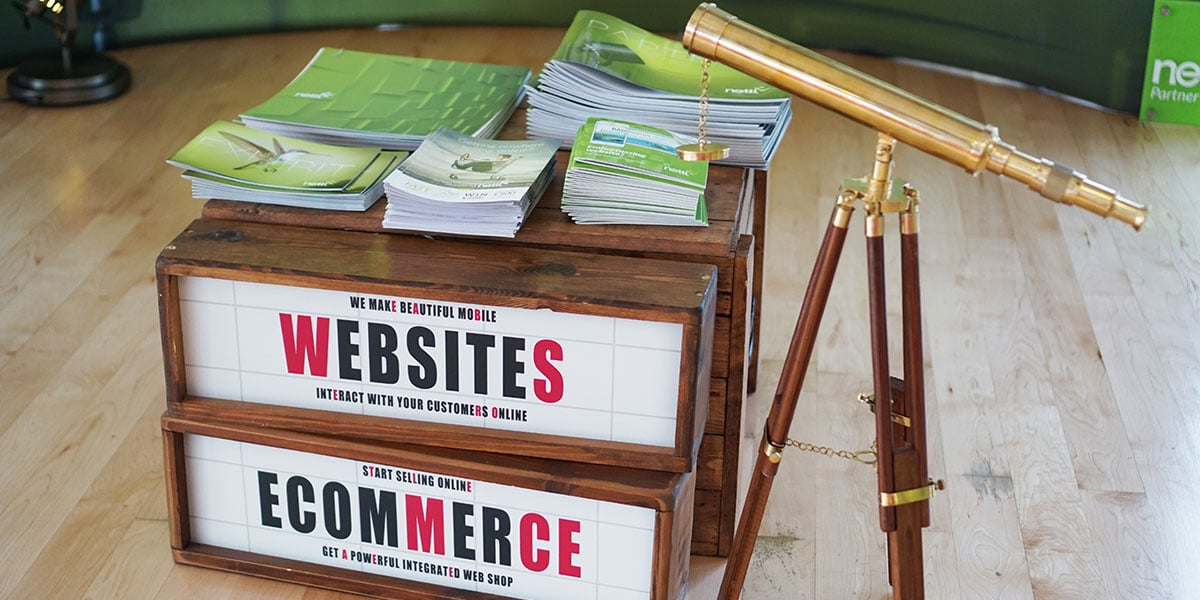
Improve Your Website Bounce Rate
Bounce rates may sound cool and get you thinking about space hoppers and rubber balls cascading down San Francisco streets. But when it comes to your website, it’s not all fun and games.
In this case, big is not beautiful – your website bounce rate be highlighting something more sinister? What exactly is a bounce, and why should you care?
Your website ‘bounce rate‘ is calculated by what percentage of folk arrive on your website, and then leave, before clicking anything else.
The amount of time they spend on that page doesn’t matter though. So when someone lands on your site, instantly realises it’s not for them, and leaves within a nanosecond, that’s a bounce.
Imagine someone checks your website to find your phone number, sees it on the first page, and then leaves. Bounce.
But what about if they spend their whole lunch break digesting your content instead of their sandwiches? Yep. Still a bounce.
Take this blog post for instance. You could read it all, with nods and all the lols and get right to the bottom feeling enriched. But if you leave without clicking to read more about SSL, or to find your local studio, then that’s a bounce. Boo.
SO, WHAT?
As you’ve seen, a bounce isn’t necessarily a bad thing. But a high bounce rate could be an indicator of a more serious issue.
For instance,
Your page might not be relevant enough
Understand what people are coming to find/do and align your content with that goal.
Your traffic might not be relevant
You could be attracting the wrong crowd for what you offer. A misplaced link on a forum perhaps.
Your offer might not be as compelling
A competitor may have lower prices, be advertising a sale, or offer free delivery.
The page might not look credible enough
Our brains are wired to make character judgements in nano seconds. Same goes for the trustworthiness of your website.
The page isn’t engaging enough
The key to improving bounce rates is to encourage users to click onto other pages. So perhaps the landing page isn’t tempting the user to do anything else.
There are actually too many options
The paradox of choice. Conversely, too many options can be stressful. A busy page with too many choices can result in the visitor making no choice at all.
It’s important to interrogate your analytics because, in general, it’s nice to decrease bounce rate. But it’s more important to find out exactly WHY people are leaving.
Could your website be dropping catches? We can help uncover the answer and address any underlying issues.
Contact a Google Specialist today in Inverness, engage@velocitydesign.co.uk
